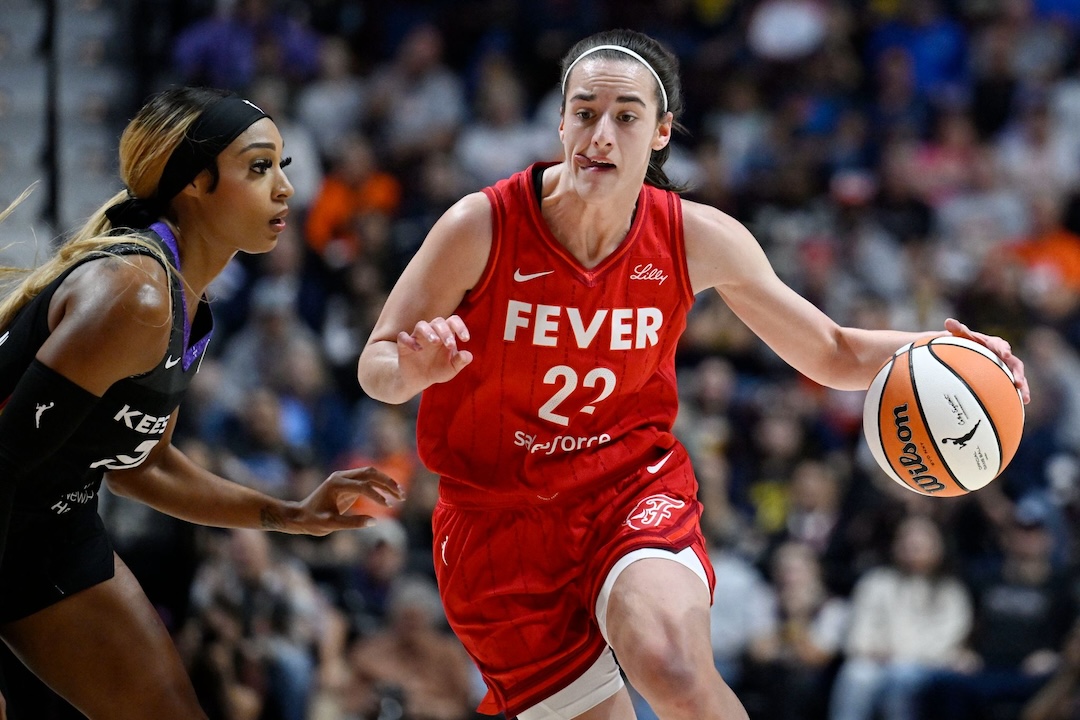You will learn
- The differences between fact and opinion, objectivity and subjectivity, news and commentary.
- The roles of news reports and opinion pieces and the benefits of reading both.
- How to tell when both factual statements and opinions are used to support a bias.
Your ability to think critically is your compass to navigate the information wilderness. Some things you encounter online may be news reports that relay factual information about what’s happening in your community and the world. News sites also publish opinion pieces, which are based on facts; however, unlike news reports, opinion pieces offer the subjective perspective of the author.
But in the information ecosystem, there are lots of partial facts with little to no context, or outright falsehoods that aim to sway your opinion in a direction that furthers someone’s agenda. Whenever people share something, true or not, that only supports their specific view or opinion of a particular thing, person or idea, that is considered biased.
Conversation starters
Facts and opinions, subjective and objective views
Sorting facts from opinions is usually fairly simple. “This trip is 1,000 miles.” That’s a fact. “This trip is too long.” Well, since some of us never want the adventure to end, that’s an opinion. Objective statements are like facts—they are true and verifiable. Subjective statements might include facts, but they also include interpretation or opinion based on someone’s perspective. Objectively, rain makes it more difficult to drive. Subjectively, you should stay off the roads if it’s raining.
How bias tags along
Bias happens when people show a preference for one particular view or idea without considering facts or views that might challenge their belief. It can also happen when people promote an idea by selectively sharing information that supports their view while omitting facts that don’t.
A biased source isn’t always entirely wrong, but it might be missing some context. For example, a farming organization that supports indoor farming practices might share true research about how much water indoor farming saves. But it might not disclose research that shows indoor farming uses more electricity than traditional methods. The organization’s bias impacts what information it chooses to share with you.
If it seems tricky, that’s because it can be, which is why you should always practice your best critical thinking when approaching information online. If someone makes a bold statement with an argument that seems too perfect, that’s a sign to look at other sources and perspectives.
What’s news and what’s commentary?
News reports are typically written in third person (“they” or “them”), presenting a variety of viewpoints, while staying neutral. They contain factual and verifiable information about events that affect people and communities. Opinion articles are also based on facts and current events; however, they promote a single viewpoint. Opinions have a more personal tone and may use anecdotes through first-person perspective (“I” or “we”). In a printed newspaper or magazine, news and opinion are usually kept separate. But on the internet, the labels aren’t always so clear, making it easier to confuse the two. Read through this section of a story and try to eliminate any words or sentences that show a bias or opinion.
Activity
Examine a newspaper – print or online. Are the different sections clearly labeled? Find the news section, and read through a news story. Does the author offer their own opinion? Or do they simply quote others’ opinions? Find the opinion section and read through an opinion piece. What specific words or phrases indicate opinion? Are these opinions based on facts?
Vocabulary check
Takeaway
News presents factual information about events, providing objective reporting without the author’s opinion, while commentary reflects individual opinions and viewpoints, offering subjective views that may provide personal interpretations of news. Creators show bias when they use facts and opinions to support a one-sided view. Bias and subjectivity can be hard to spot online, so always be on the lookout for it.
References and Resources
- Get the lesson plan
- Pew Research Center: Distinguishing Between Factual and Opinion Statements in the News
- The Difference Between News and Opinion at the Wall Street Journal








